| Vintage Pulp | Jul 6 2024 |


We were attracted to the 1958 John Boswell thriller The Blue Pheasant not only because of the lovely cover art, and the tale's setting in East Asia and New Zealand, but because the title suggests that a bar plays a central role. We always like that, whether in fiction or film. The teaser text confirms it. The title refers to a fictional bar in Hong Kong. Irresistible.
The book stars professional photographer, amateur painter, and rolling stone Chris Kent, who's at desperate ends and takes a job to travel from Hong Kong to far away Auckland to recover two Chinese scrolls that are the keys to a vast inheritance. Needless to say, there are other interested—and ruthless—parties. In addition there are three femmes fatales: Sally Chan, the bar dancer who puts Kent onto the job; Sonya Sung, whose family are the rightful owners of the misplaced scrolls (or are they?); and Ann Compton, mystery woman who becomes Kent's reluctant partner.
We were amused by how easily Kent's head was turned by all three women. He's tough, but he's also an all-day sucker. In trying to sort out why women are so confounding to him, there are numerous moments of, “Well, what's a guy to do when women are ________” By the end, though, he starts to wonder if he's the problem. Spoiler alert: pretty much. The actual caper is well laid out, with a lot of sleuthing and surveillance, a few moments of swift action, a suspicious Kiwi cop, a love/hate dynamic between Kent and Compton, and precise local color in both Hong Kong and Auckland.
We consider The Blue Pheasant to have been a worthwhile purchase. That was actually almost a given, considering the low price for the book (Seven dollars? Sold!). But our point is that you never know what you'll get with a writer as obscure as Boswell. Well, now we do. And we have his sequel, 1959's Lost Girl. We'll get around to reading that later.
Turning back to the cover for a moment, the example at top is one we downloaded from an auction site because the William Collins Sons & Co. edition, which is a hardback with a dust jacket, shows the wonderful art painted by British talent John Rose to best advantage. The edition we actually bought is a paperback from Fontana Books, and our scans of that appear below. They're fine, but the cleaner Collins version is frameworthy. We have another Rose cover at this link, and we'll be getting back to him again shortly.

| Vintage Pulp | Oct 26 2022 |

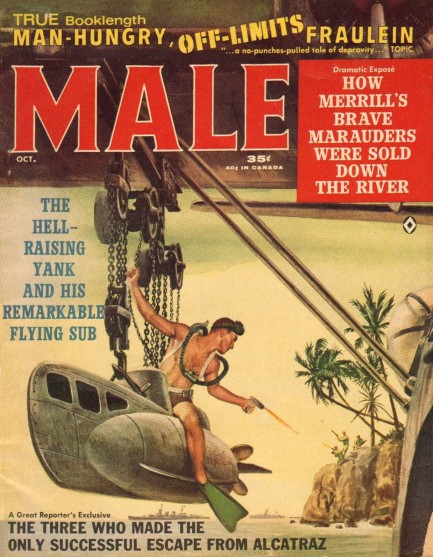

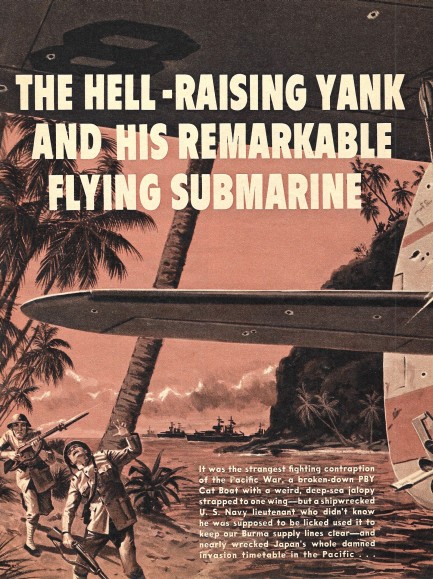
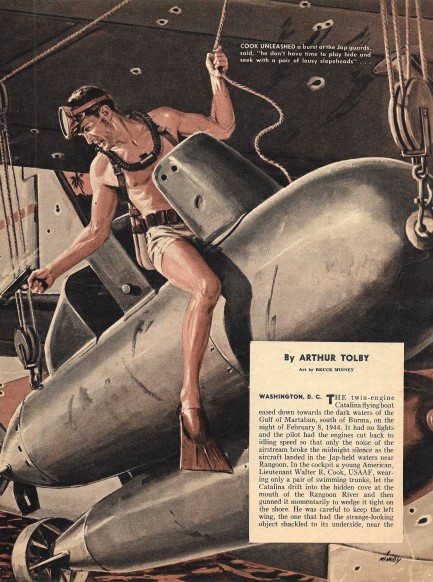
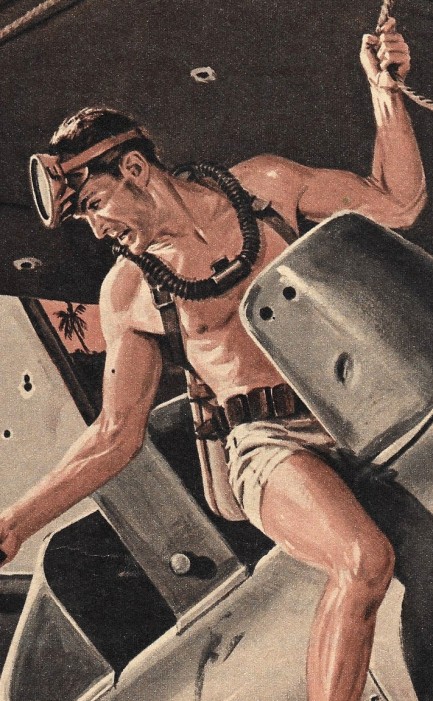
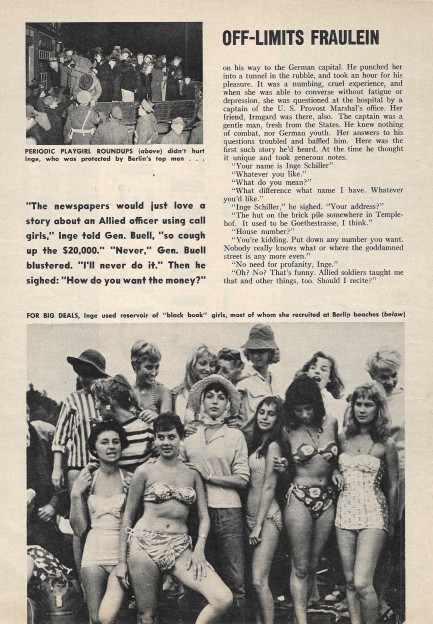
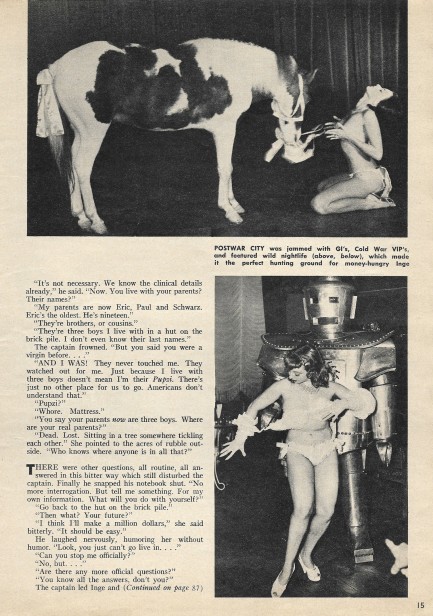
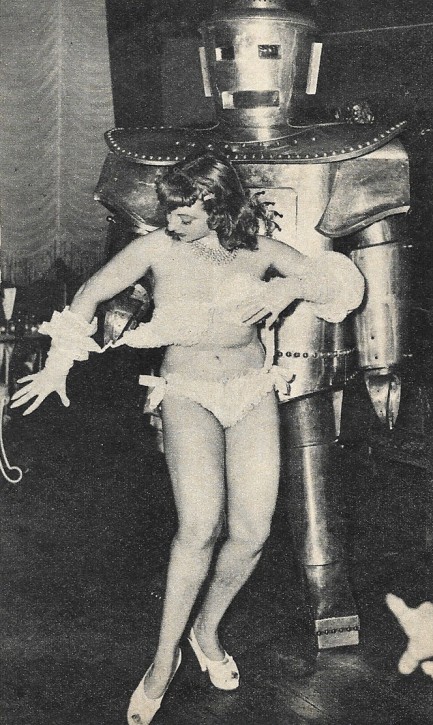
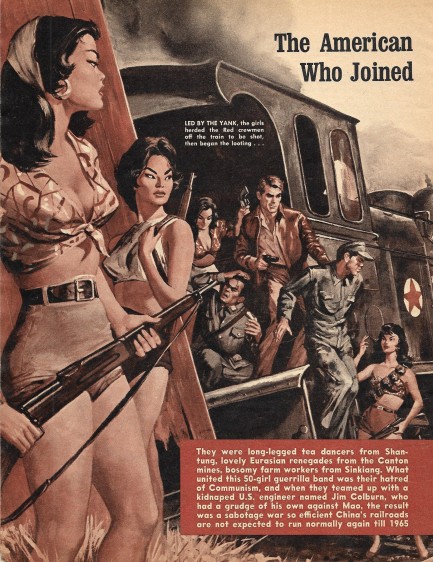
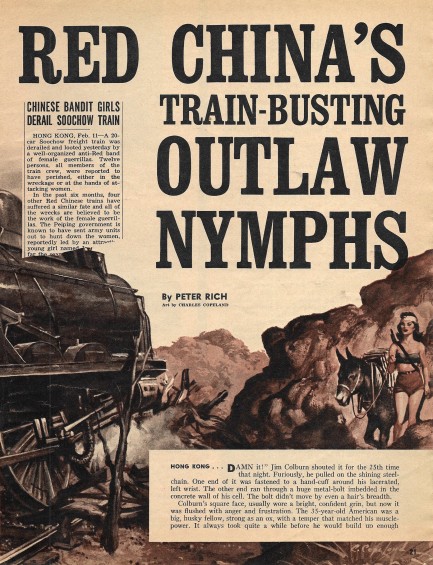

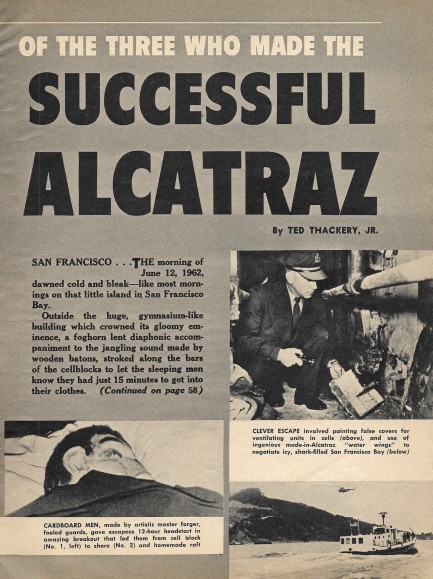
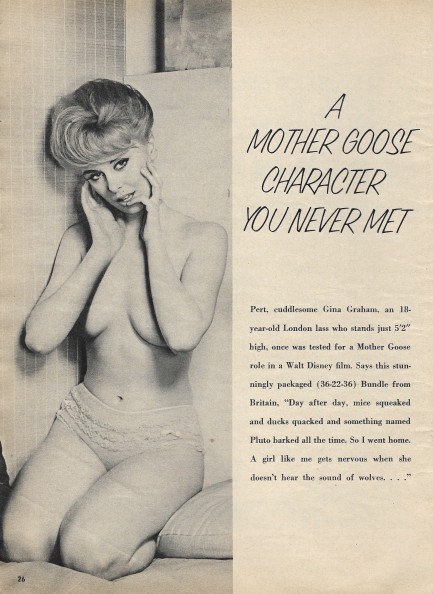
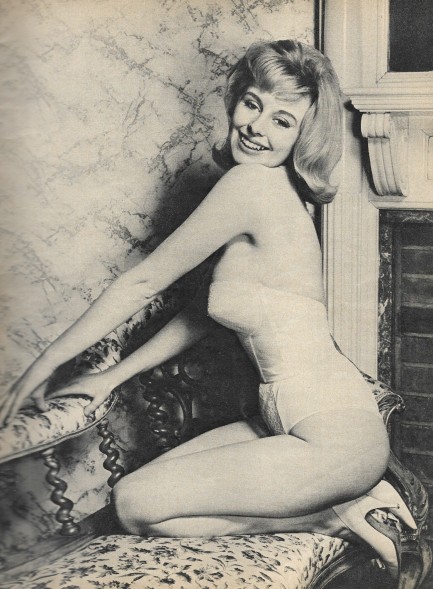
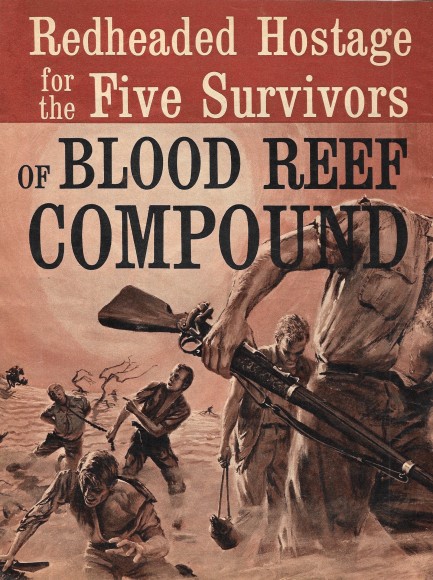
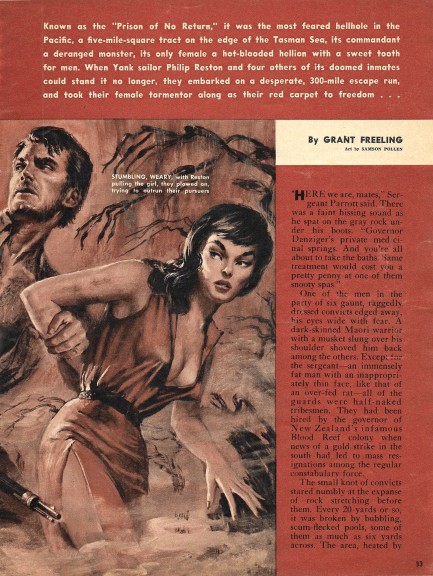
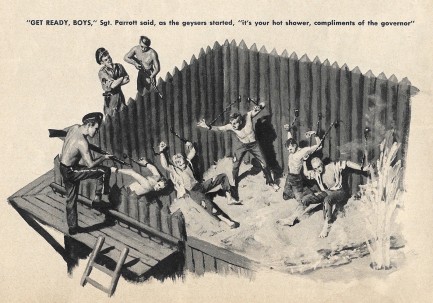
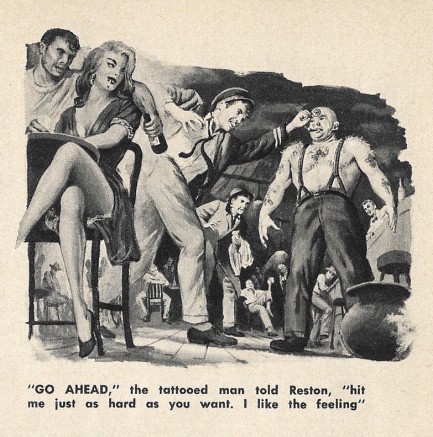
| Vintage Pulp | Jan 1 2020 |

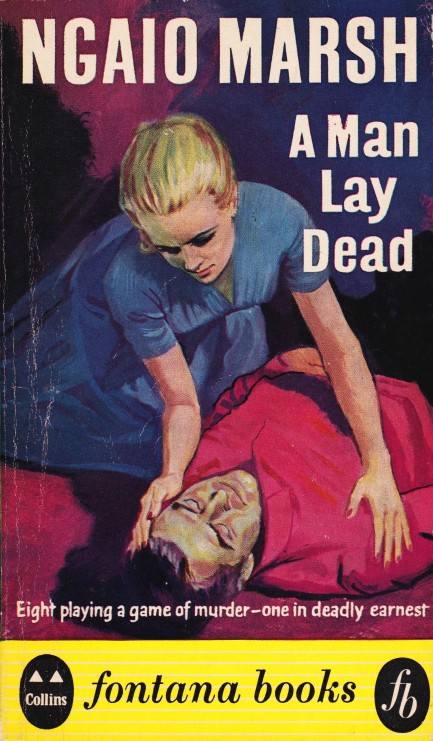
| Intl. Notebook | Jul 24 2018 |

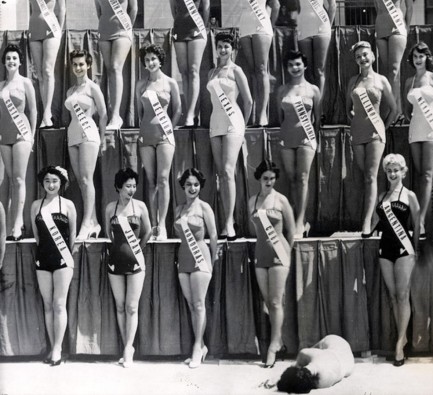
One person's misfortune is another's opportunity—not to mention hilarity. This photo shows Miss New Zealand—Moana Manley—passed out during the 1954 Miss Universe Pageant, staged today that year in Long Beach, California. Manley fainted during an outdoor photo session. Some accounts say heat exhaustion got her, but it was not especially hot that day—about 72 degrees Fahrenheit, or 22 Celsius. It was more likely stress. She was, after all, not only the first woman from her country to compete at Miss Universe, but the first woman of Maori descent to win the title of Miss New Zealand. That'll apply a bit of pressure. You'll often see the photo labeled as a 1957 shot, but that's incorrect. There was no representative from New Zealand in the pageant that year. No, the shot is definitely from 1954, and the winner was ultimately Miss U.S.A., Miriam Stevenson, who was probably like, “Yup, when that Kiwi hit the ground I knew I had it in the bag.”
| Vintage Pulp | Jul 8 2015 |

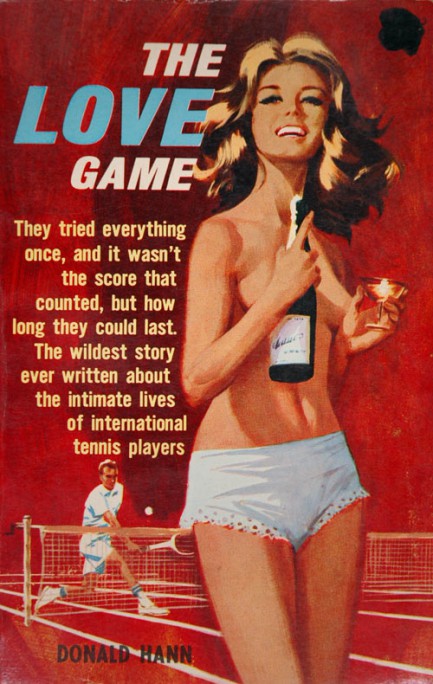
In honor of Wimbledon, here’s a Horwitz cover for 1964’s The Love Game by Donald Hann. We had to search far and wide for a good tennis cover, but finally found this one at a webpage maintained by New Zealand’s University of Otago, which also has many other covers worth viewing. Donald Hann was a pseudonym belonging to author Ken Macauley, and the art here is uncredited.
| Vintage Pulp | Jan 26 2015 |

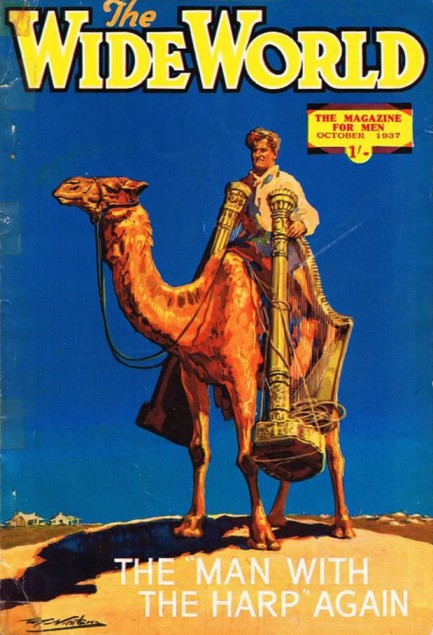
The British men’s adventure magazine The Wide World debuted in 1898 and lasted all the way until 1965. That’s not quite National Police Gazette or Argosy longevity, but it’s still very good. During that entire time, a span encompassing two global conflagrations and various economic fluctuations, it failed to print only four issues—including once when a German aerial bomb flattened its pre-press facility.
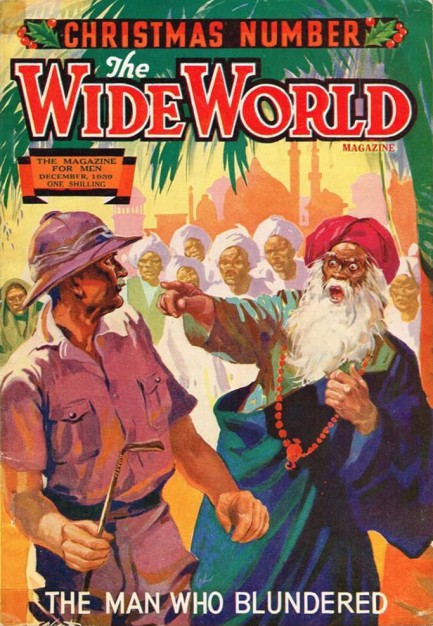
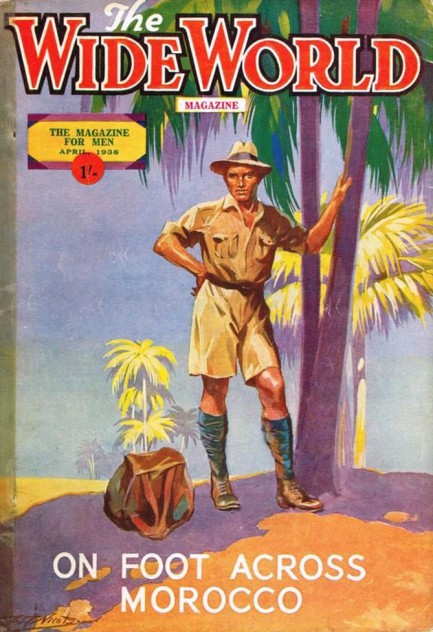
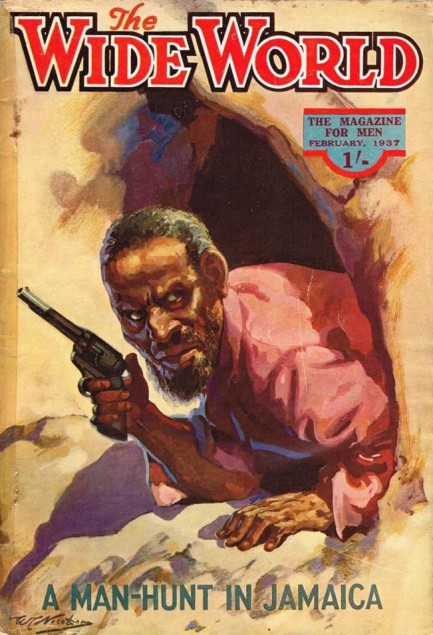
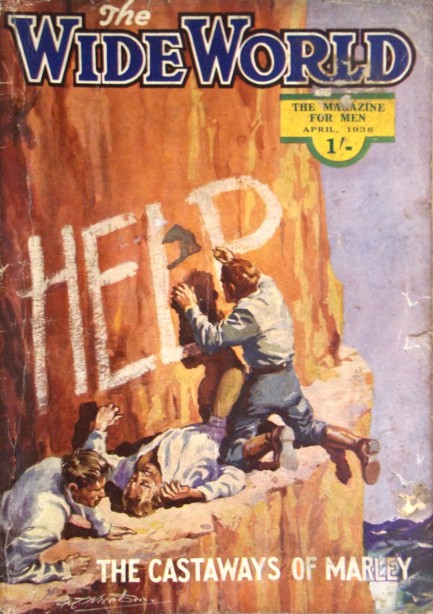

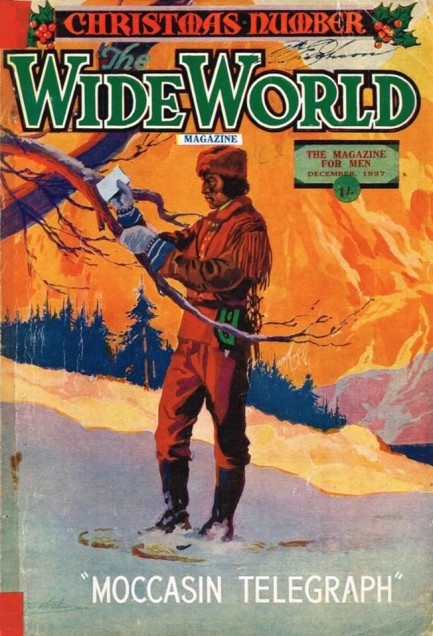
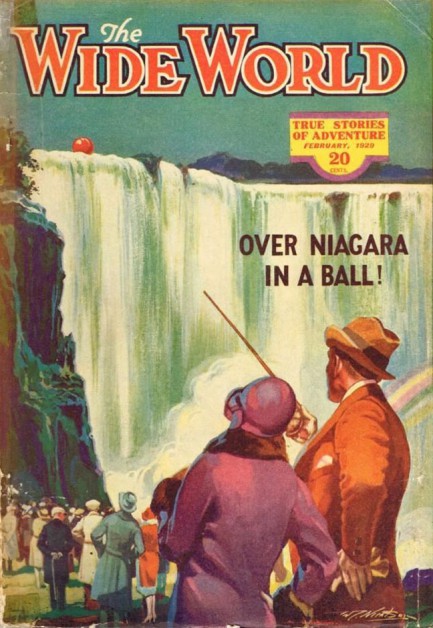
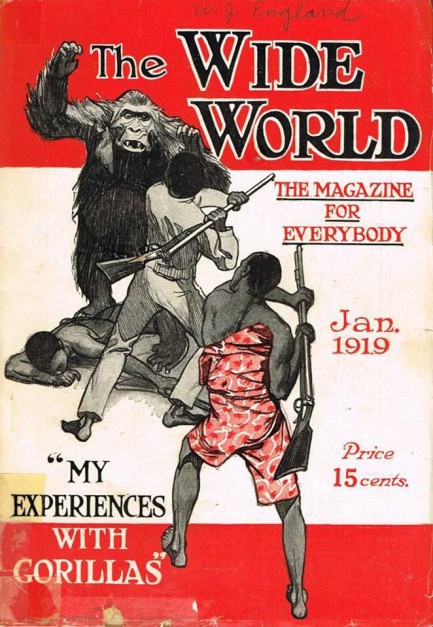
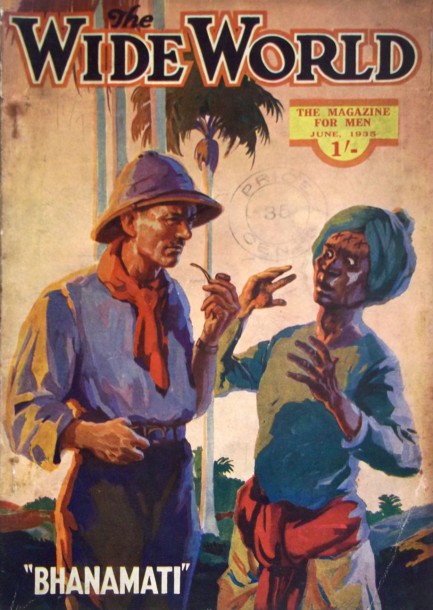
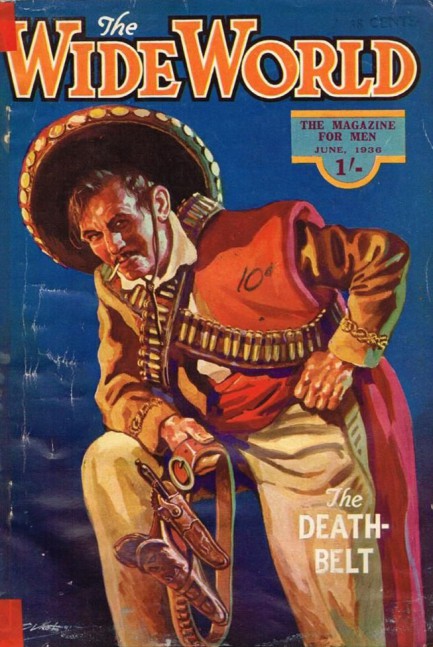
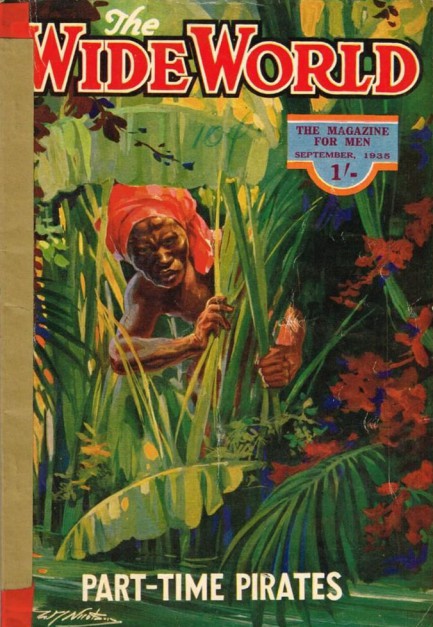
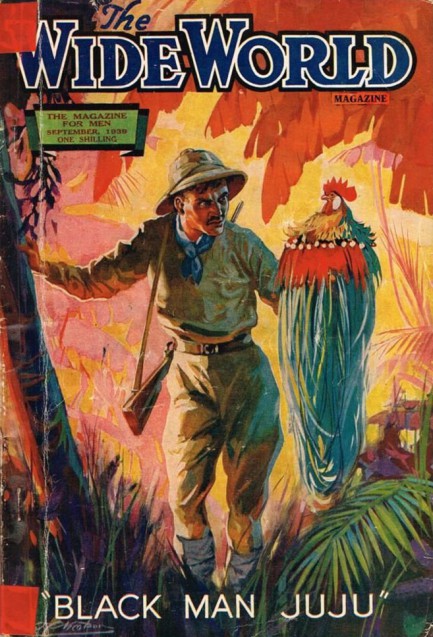
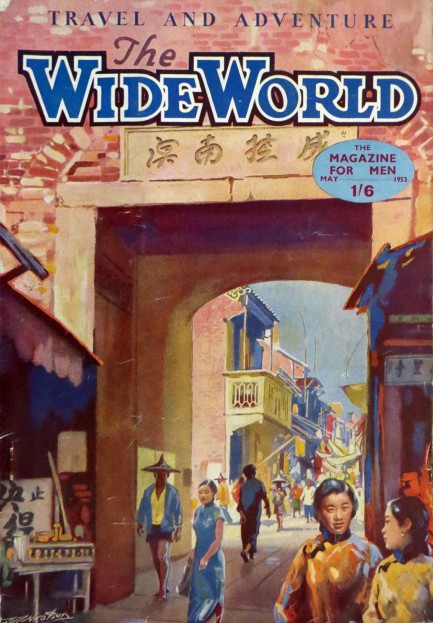
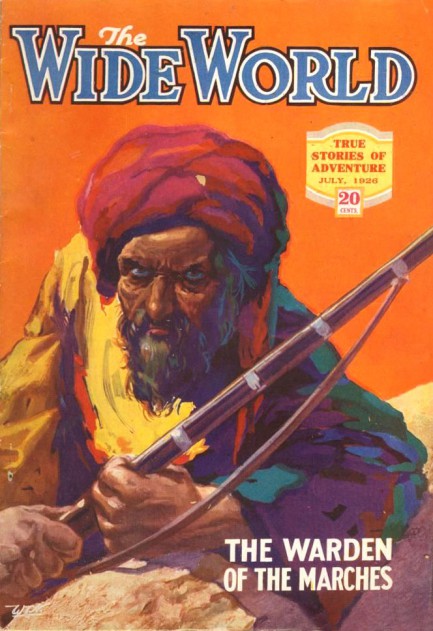
| Intl. Notebook | Dec 6 2012 |

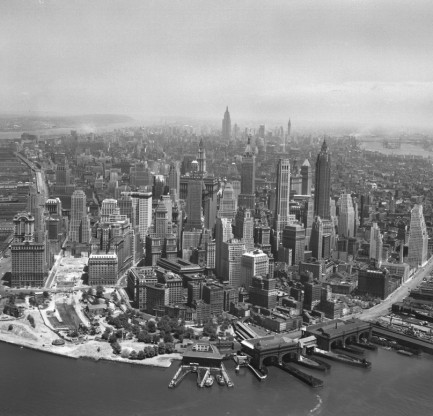
Above is a photo of Manhattan, New York City, in the year 1947, looking from Battery Park toward midtown. Here you see everything—the Staten Island Ferry Building at bottom, Wall Street to the right, the 59th Street Bridge crossing Welfare Island at upper right, and in the hazy distance, the Empire State Building—at that time arguably America’s most recognized symbol. In the aftermath of a war that had destroyed Europe’s and Japan’s industrial capacity, the U.S. was the unquestioned power on the planet, with massive economic might, a military that had taken up permanent residence in dozens of countries, and a growing stock of nuclear weapons. Two years later the Soviets would detonate their first nuclear bomb, shaking the American edifice to its foundation. Meanwhile, all around the world, the seeds of change were taking root. Below is a look at the world as it was in 1947.
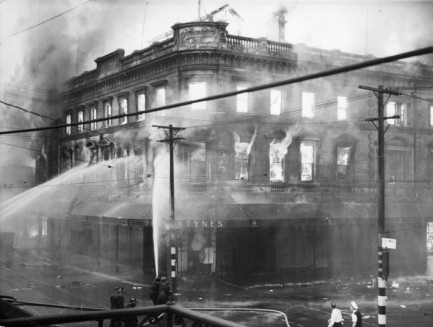
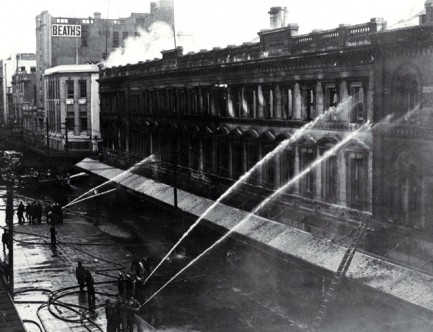
Firemen try to extinguish a blaze in Ballantyne’s Department Store in Christchurch, New Zealand.
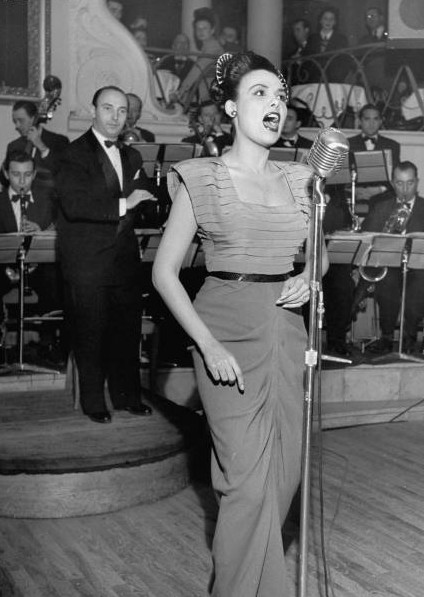
American singer Lena Horne performs in Paris.
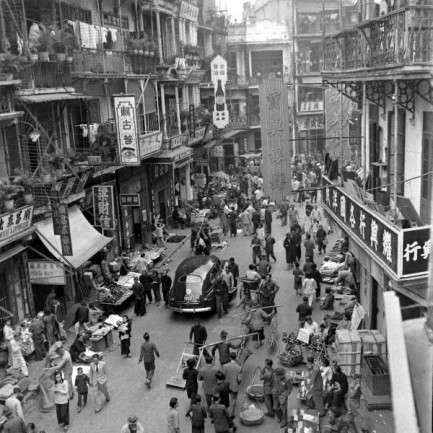
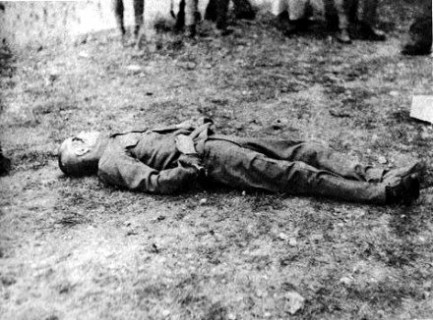
The hustle and bustle of Hong Kong, and the aftermath of the execution of Hisakazu Tanaka, who was the Japanese governor of occupied Hong Kong during World War II.
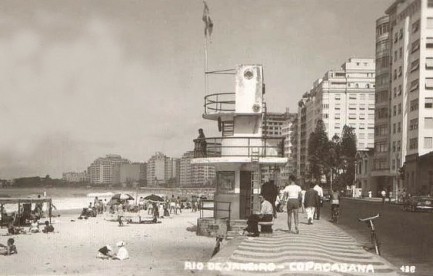
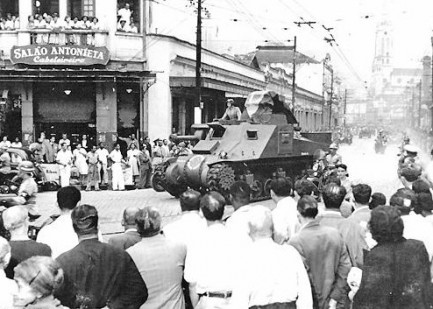
Sunbathers enjoy Copacabana Beach in Rio de Janeiro, and a military procession rumbles along Rua Catumbi.
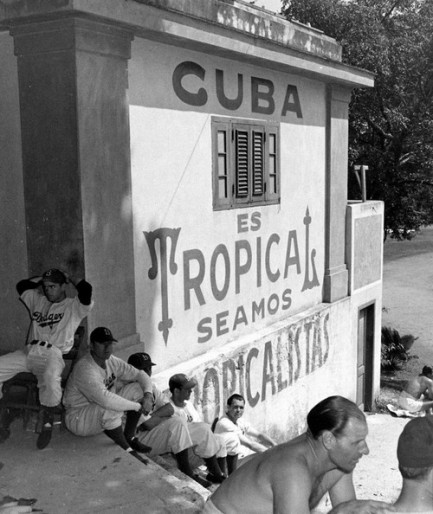
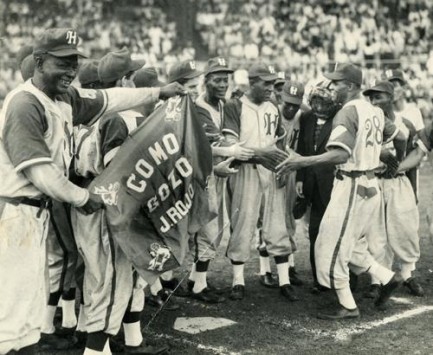
Assorted Brooklyn Dodgers and manager Leo Durocher (shirtless in the foreground) relax at Havana, Cuba’s Estadio La Tropical, where they were holding spring training that year. Second photo, Cuban players for the Habana Leones celebrate the first home run hit at Havana’s newly built Estadio Latinoamericano.
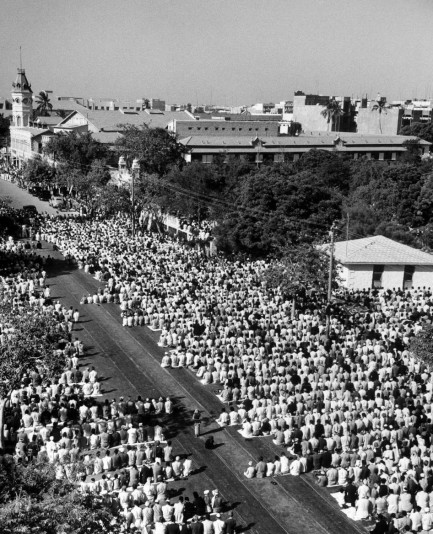
Thousands of Muslims kneel toward Mecca during prayer time in Karachi, Pakistan.
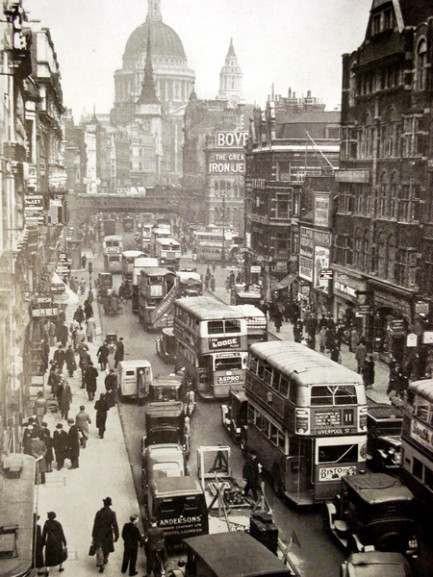
A snarl of traffic near St. Paul’s Cathedral in London.
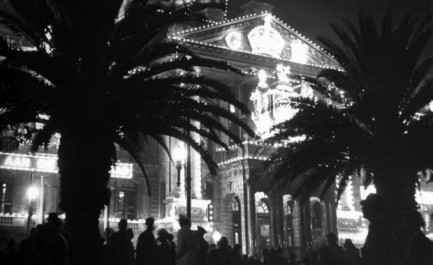
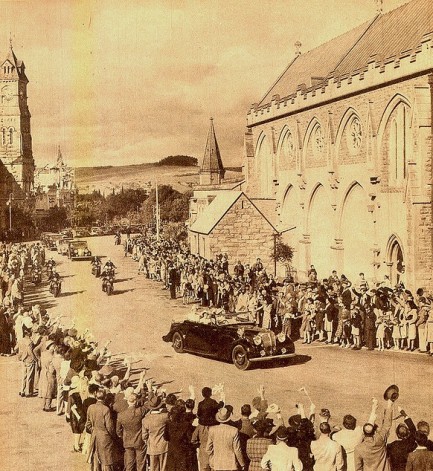
The city hall of Cape Town, South Africa is lit up to celebrate the visit of the British Royal Family. Second photo, during the same South African trip, the royals are welcomed to Grahamstown.
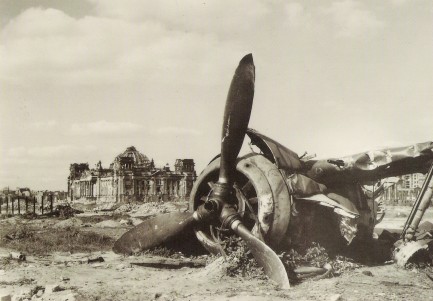
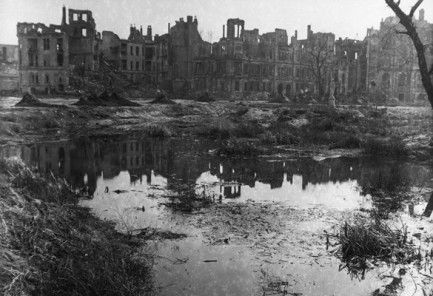
A wrecked fighter plane rusts in front of Berlin’s burned and abandoned parliament building, the Reichstag. Second photo, a shot of ruins in Berlin’s Tiergarten quarter, near Rousseau Island.
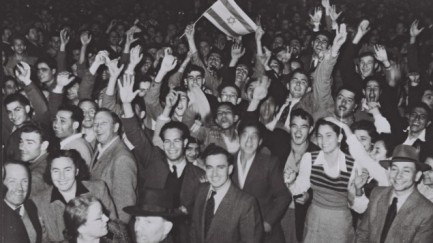
A crowd in Tel Aviv celebrates a United Nations vote in favor of partitioning Palestine.
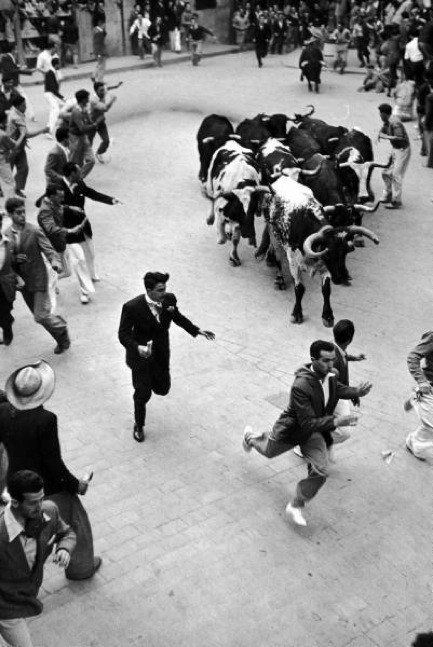
Men and bulls run through the streets of Pamplona, Spain during the yearly Festival of San Fermin.
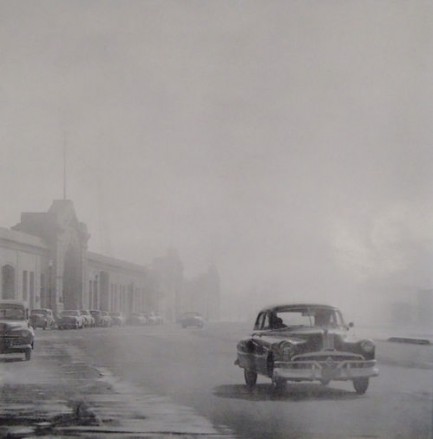
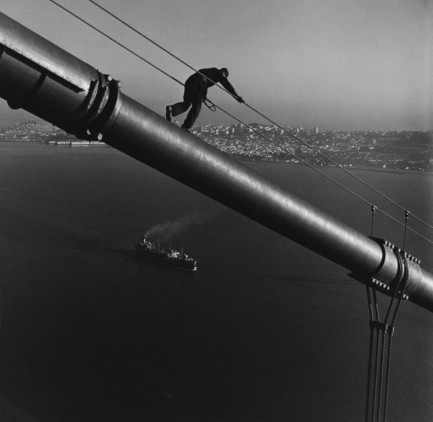
Fog rolls across the Embarcadero in San Francisco; a worker descends from a tower of the Golden Gate Bridge.
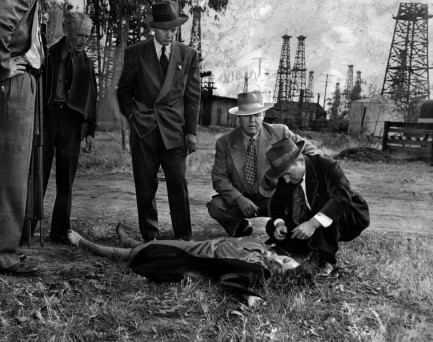
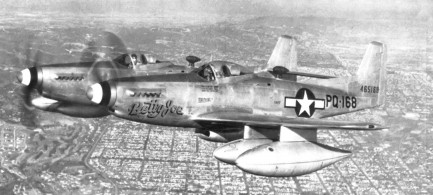
Detectives study the body of a woman found murdered in Long Beach, California. Two P-51 Mustang fighters fly above Los Angeles.
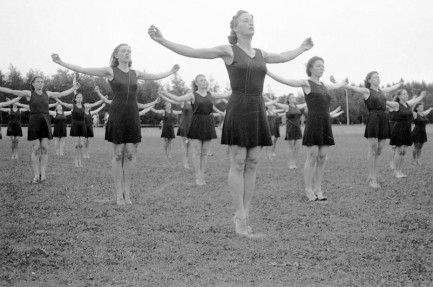
Danish women from Snoghøj Gymnastics School practice in Odense.
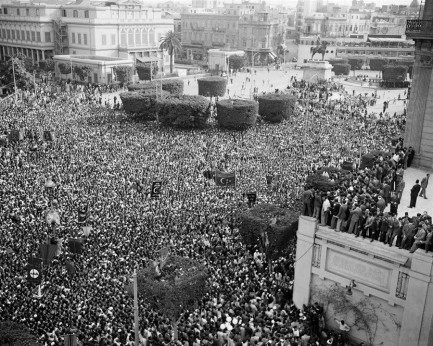
Tens of thousands of protesters in Cairo demonstrate against the United Nations vote in favor of partitioning Palestine.
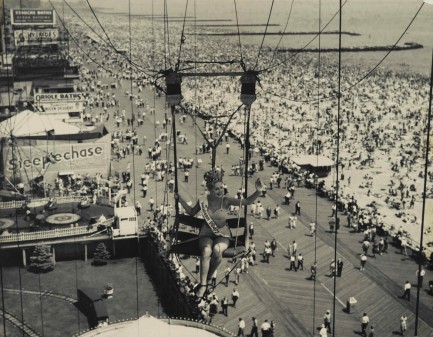
A beauty queen draped with a sash that reads “Modern 1947” is lifted high above the boardwalk in Coney Island, New York.

A woman in Barbados holds atop her head a basket filled with fibers meant for burning as fuel.
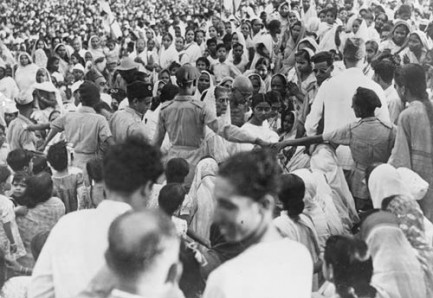
Mahatma Gandhi, his bald head barely visible at upper center, arrives through a large crowd for a prayer meeting on the Calcutta Maidan, India.
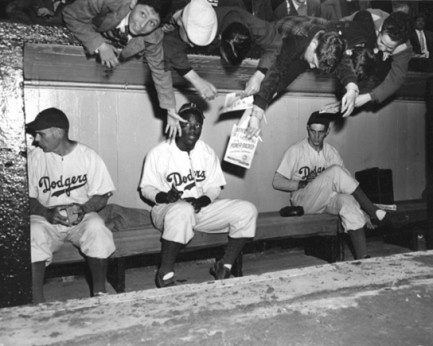
Major League Baseball player Jackie Robinson is hounded for autographs in the dugout during a Brooklyn Dodgers game.
| Intl. Notebook | Nov 9 2011 |

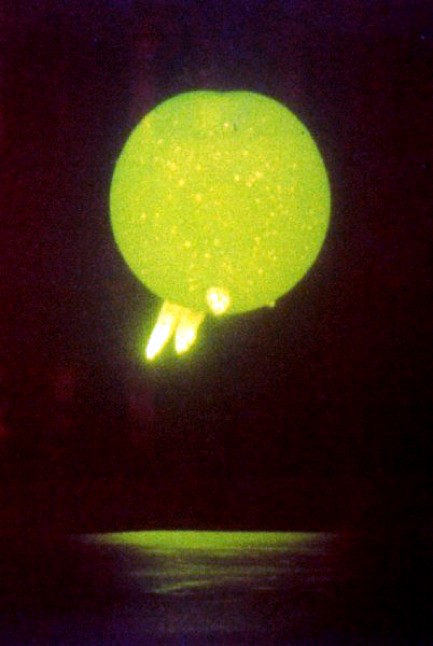
Above, an eerie shot of the French nuclear test Betelgeuse, one of more than two-hundred tests conducted by France over the course of thirty-six years. This one is from 1966, and took place on September 11, but we posted it today rather than in September because it’s incorrectly listed on many websites as occurring today. The location is French Polynesia and the event was strongly protested by the potentially downwind nations of New Zealand, Australia, and Japan, but those complaints were ignored. This exposure was made near the instant of detonation, and the brightly lit protrusions are stabilizing wires attached to the bomb platform vaporizing. You can see a better example of the same phenomenon here.
| Vintage Pulp | Apr 20 2011 |

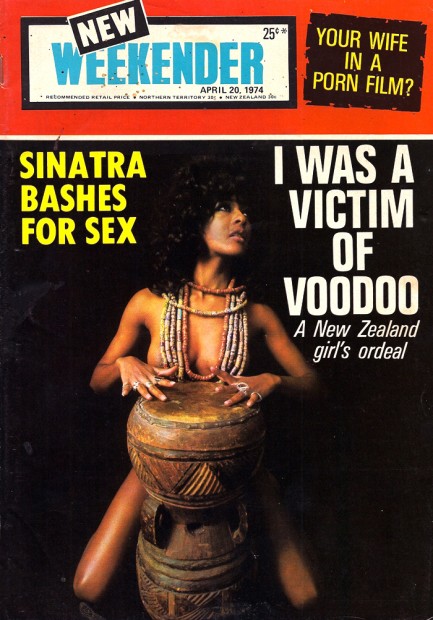
Published today in 1974, Weekender was a low rent, digest-sized tabloid from Australia. This is not an especially wonderful pulp find—we bought three of them for an Aussie dollar apiece and the price pretty much tells the tale. However, it does have a nice photo of Pulp Intl. favorite Edy Williams in panel eight. And you also get Frank Sinatra and Mick Jagger, which seems like a passing of the torch of sorts. Probably the highlight of the issue is a New Zealand girl’s tale of Haitian voodoo possession, in which she includes as many times as possible the phrases “my white flesh” and “their black bodies.” We could spend hours discussing the use of racial stereotypes in the exploration of repressed interracial desire, but since voodoo articles abound in seventies tabloids, we’ll leave it for another occasion. Lastly, in panel fourteen we have a bit of eye candy for our female readers—to wit, some beefcake featuring a model whose ass is so taut it looks like he’s trying to turn a lump of coal into a 100-carat diamond. We’re not jealous, though. Our asses produce diamonds set in platinum bands with engravings inside that read: We are the shit. We’ll get to our other issues of Weekender a little later.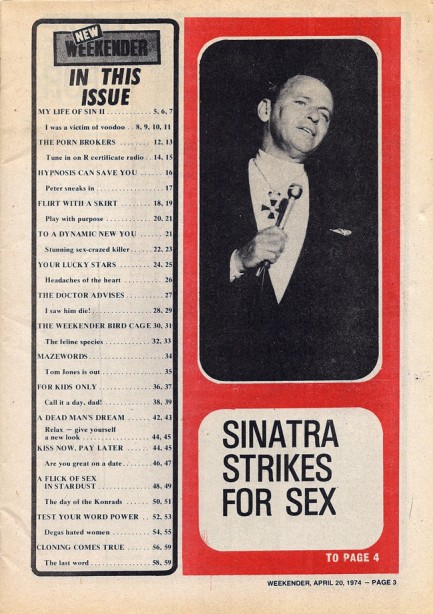
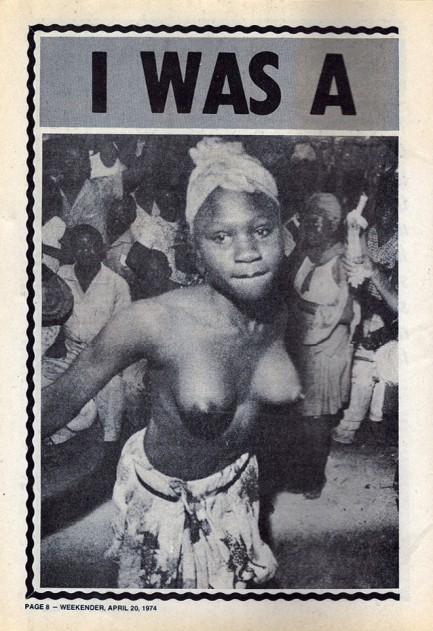
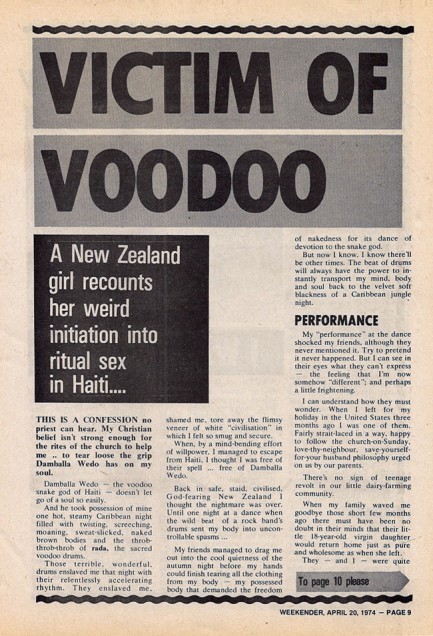
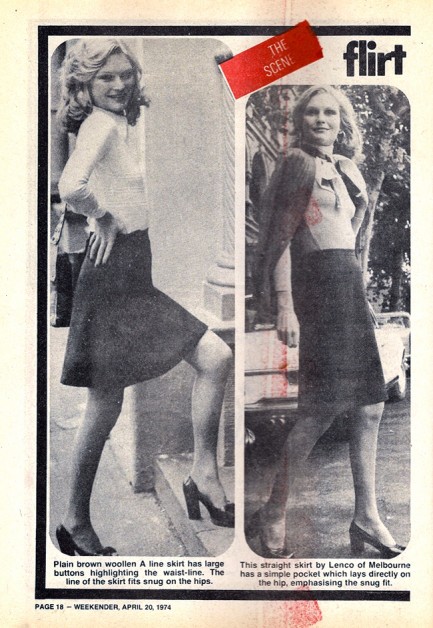
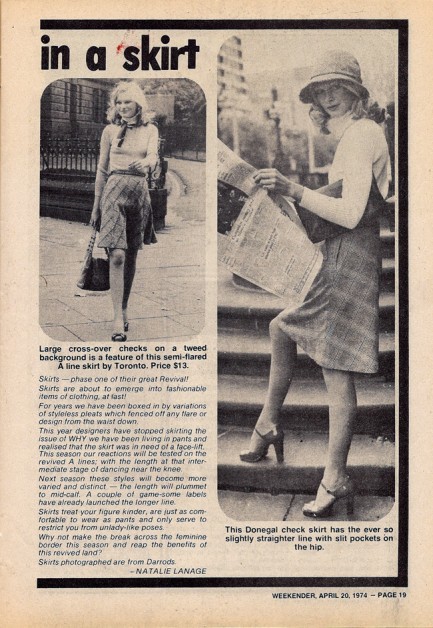
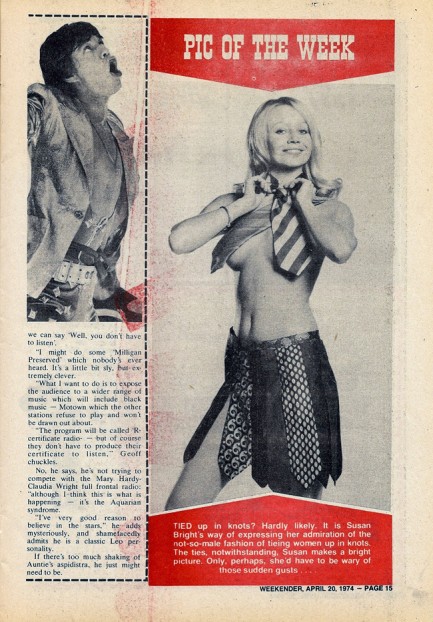
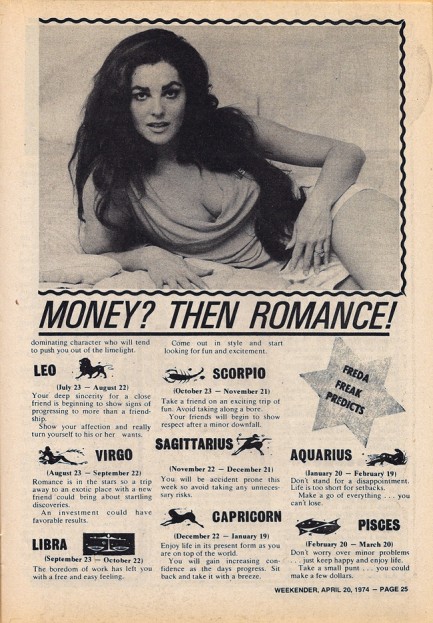
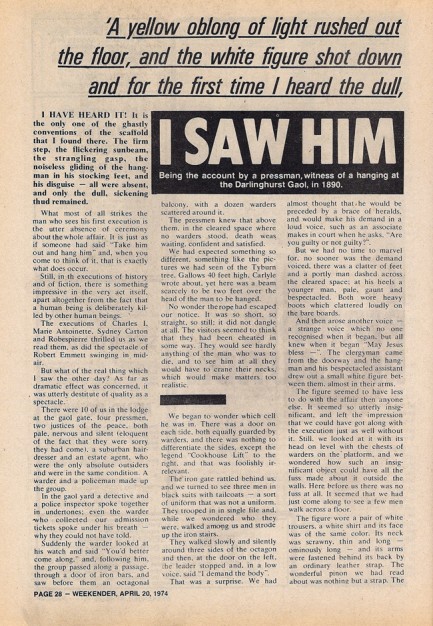
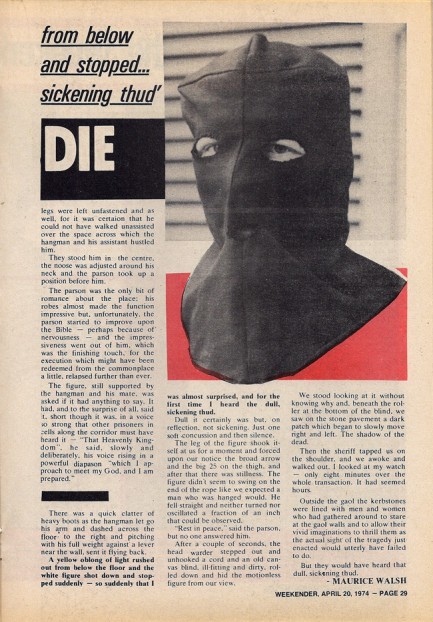
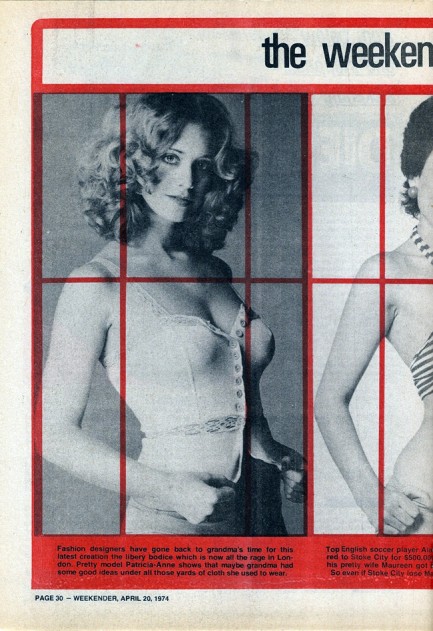

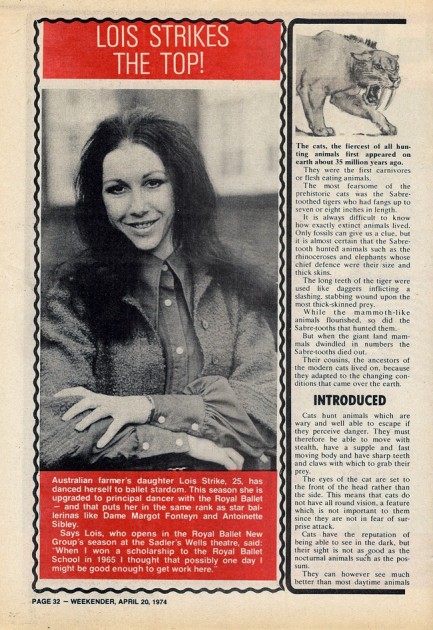
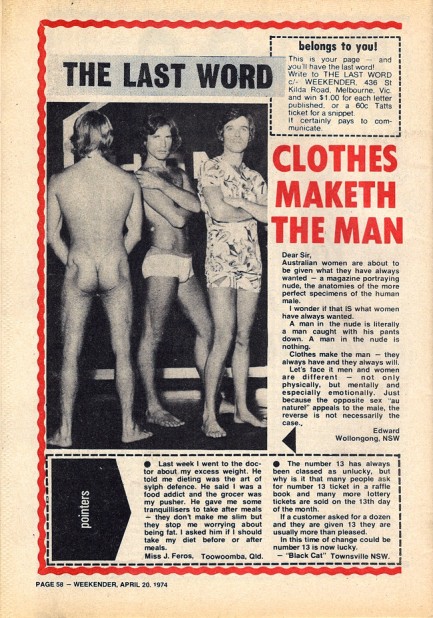
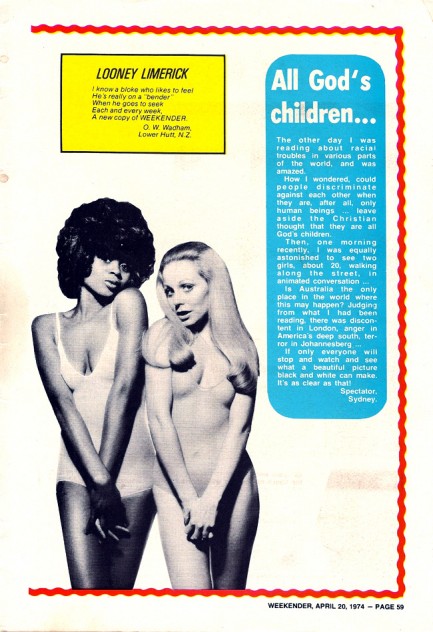
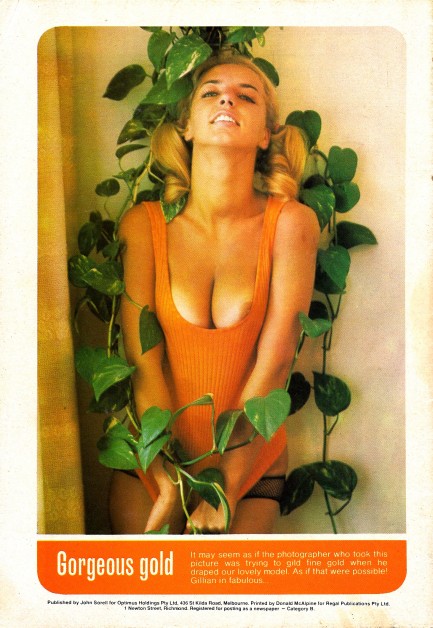
| Femmes Fatales | Feb 12 2010 |

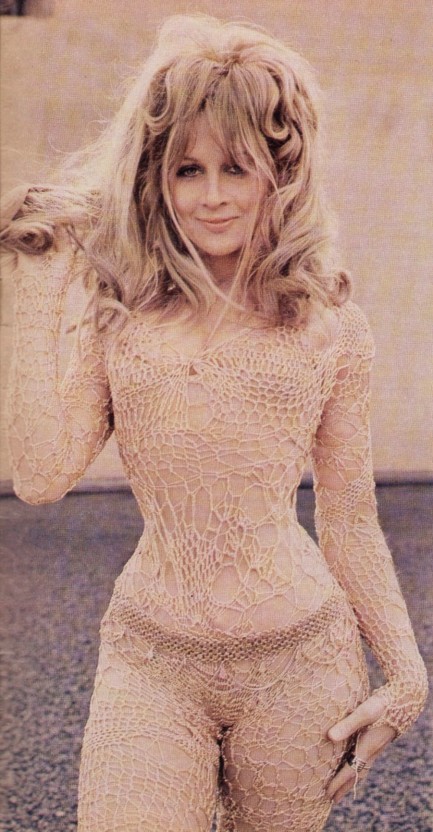
Anouska Hempel was born in New Zealand, but her exotic name comes from her Russian ancestry. As a public figure her first recognition was as an actress in such films as On Her Majesty's Secret Service and Scars of Dracula, but she later went on to become a major figure in hotel ownership and interior design. And as this photo shows, she should also be known for her waistline. She isn't, though. We checked. And we won't even get into her insane hair. The photo was made in 1970 as a promo for the television series The Adventures of Don Quick.




































































